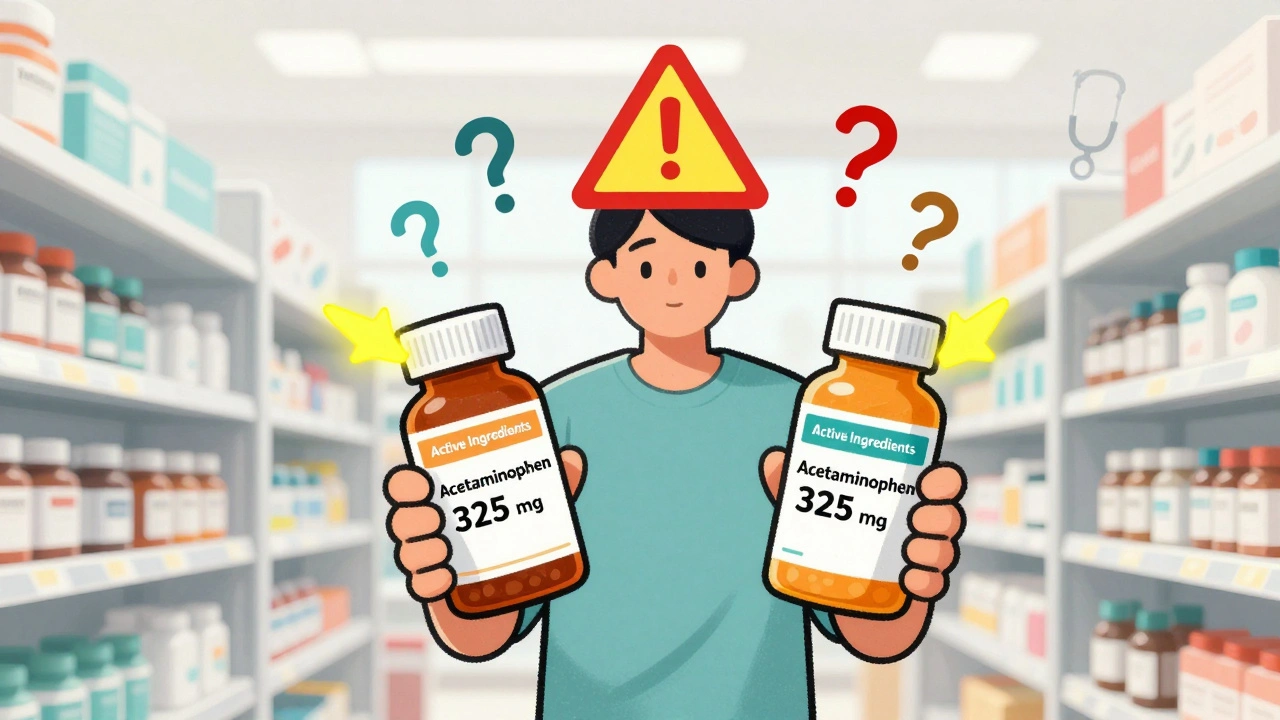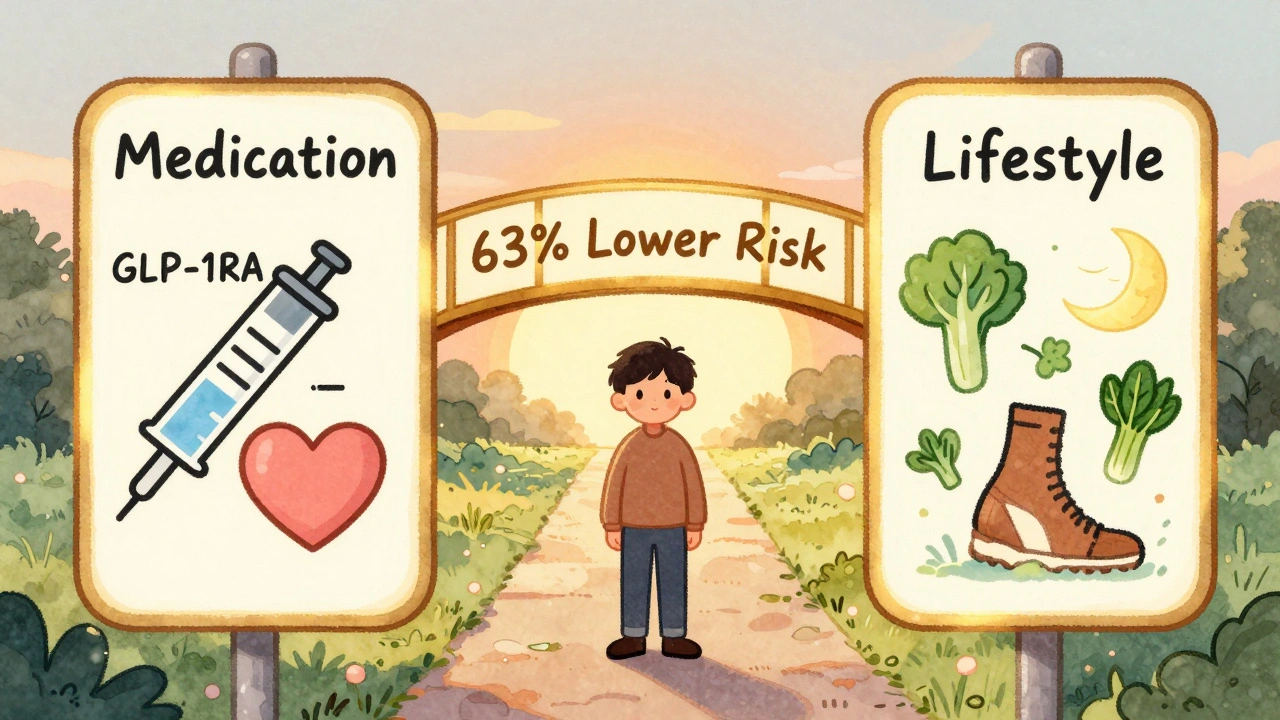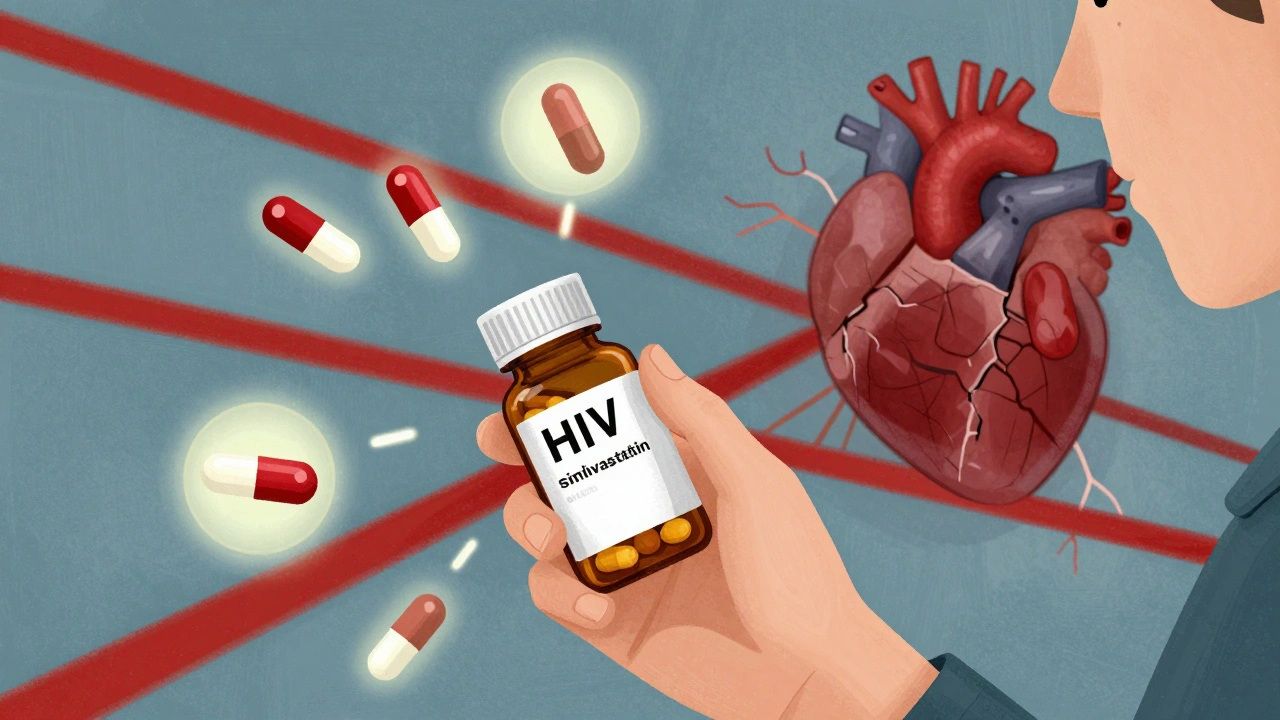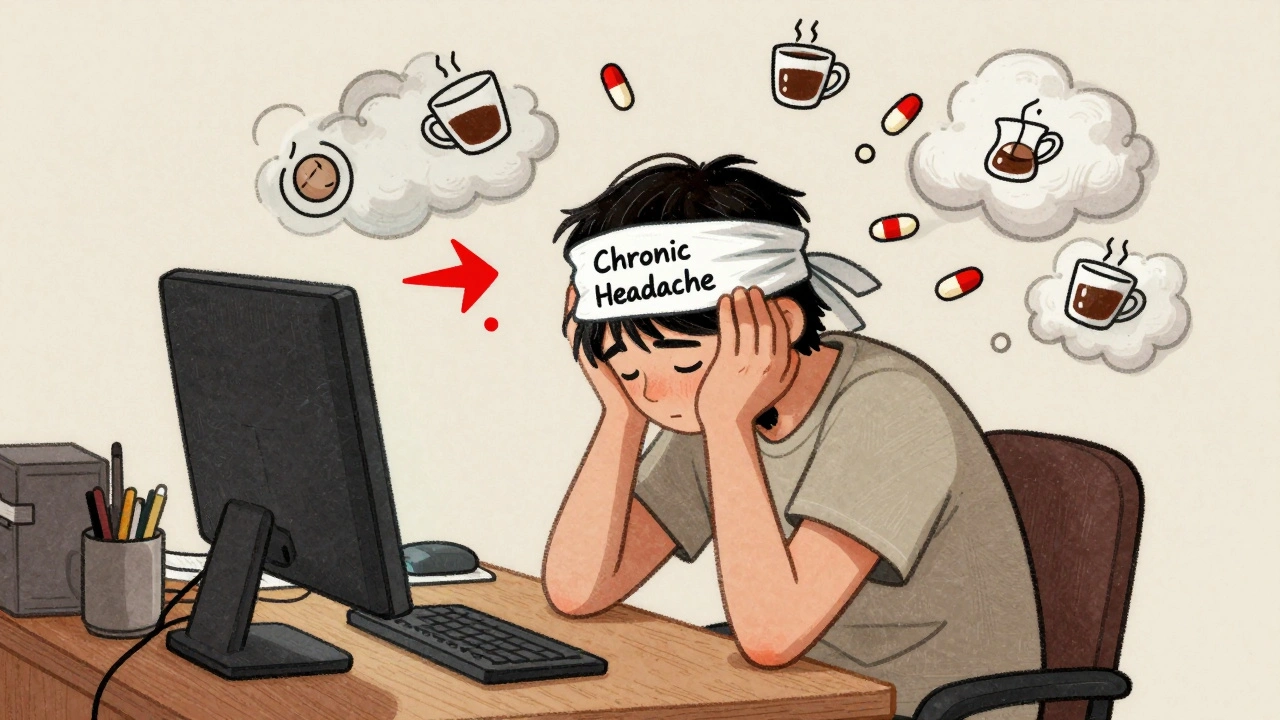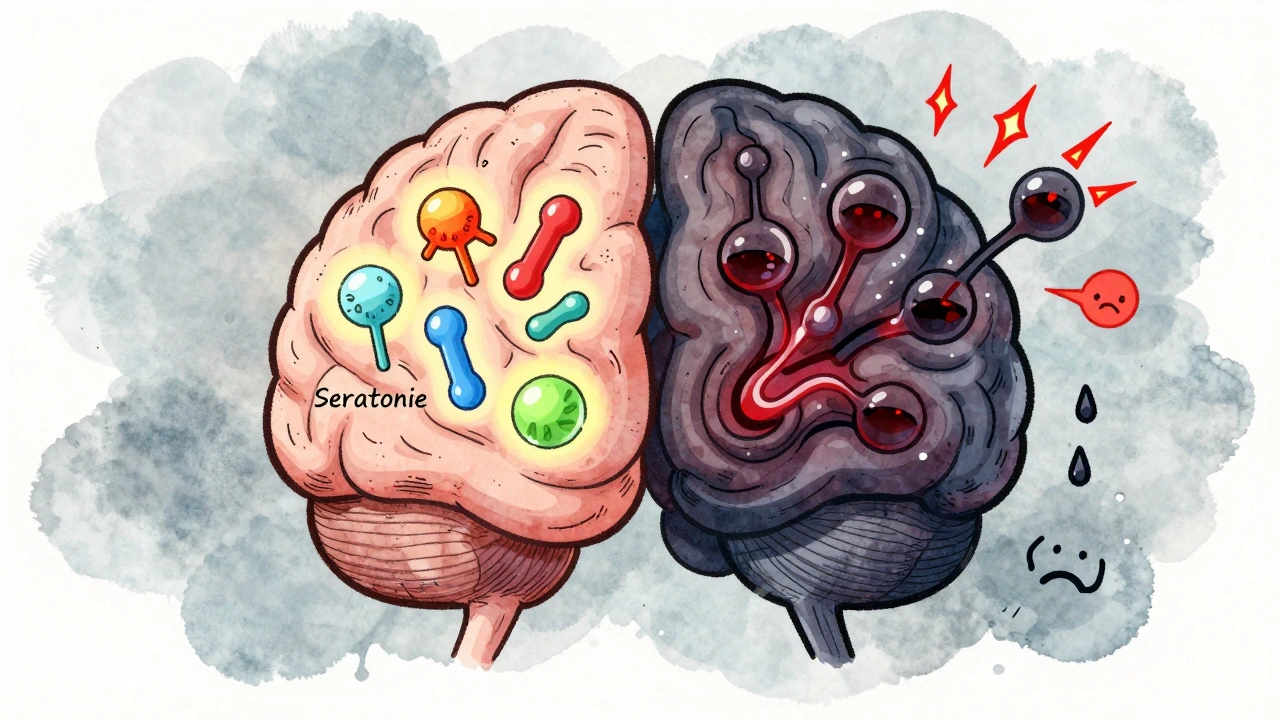Patent Law and Pharmaceuticals: What You Need to Know About Drug Protection
When you hear patent law, the legal system that gives companies exclusive rights to make and sell new inventions for a limited time. Also known as intellectual property protection, it's the reason some medications cost hundreds of dollars a month — and why cheaper versions eventually appear. In the world of drugs, patent law isn’t just about lawyers and courtrooms. It’s about who gets to treat illness, when, and at what price.
pharmaceutical patents, legal protections granted to new drugs after they pass clinical trials and FDA review typically last 20 years from the date of filing. But here’s the catch: by the time a drug gets approved, half that time may already be gone. Companies often file patents early — even before human testing — to stretch their monopoly. That’s why you might see a drug with a 20-year patent still priced high after 12 years on the market. drug exclusivity, a separate period of market protection granted by the FDA, even after patent expiry can delay generics even further. For example, orphan drugs or those with new uses can get extra exclusivity, keeping prices high for years after the patent expires.
And then there’s generic drugs, medications that are chemically identical to brand-name drugs but sold without the brand name after patent protection ends. They’re not copies. They’re the exact same medicine. The FDA requires them to match the brand in strength, dosage, safety, and effectiveness. But getting them approved isn’t easy. Generic makers must prove their product behaves the same way in the body — and they can’t use the original company’s clinical data. That’s why some generics take months or even years to appear after patent expiration.
Some patents are straightforward — a new chemical compound. Others are sneaky: a new way to deliver the drug, a slightly different salt form, or a new combination with another drug. These are called "evergreening" tactics. They don’t make the drug better — they just keep competitors out. Courts sometimes strike these down, but not always. That’s why a drug like imatinib, which turned leukemia into a manageable condition, still had patent battles dragging on for years after its initial approval.
When patent law works as intended, it rewards innovation. When it’s stretched too far, it blocks access. The tension between profit and public health plays out every day — in your pharmacy, your insurance statement, and your doctor’s office. That’s why understanding patent law matters. It’s not abstract. It’s personal.
Below, you’ll find real stories about how patent law affects what’s in your medicine cabinet — from authorized generics that are identical to brand drugs, to how hormone therapies and blood thinners get caught in legal gray areas. These aren’t legal textbooks. They’re practical guides from people who’ve lived it.

Patent Law and Generics: How Patents Protect Innovation in Pharmaceuticals
Patent law protects pharmaceutical innovation by granting temporary monopolies, but the Hatch-Waxman Act ensures generics can enter the market legally. This balance saves billions annually while encouraging new drug development.

